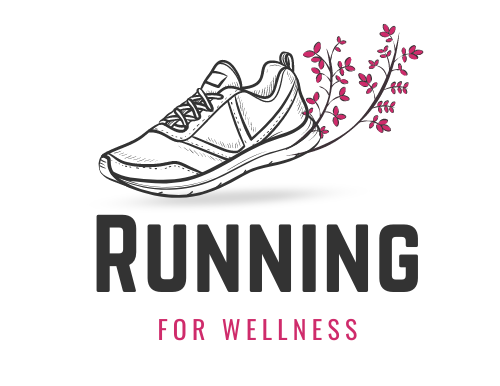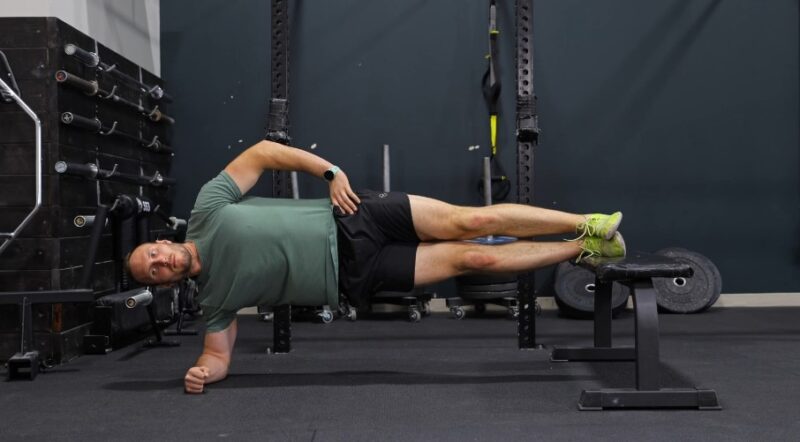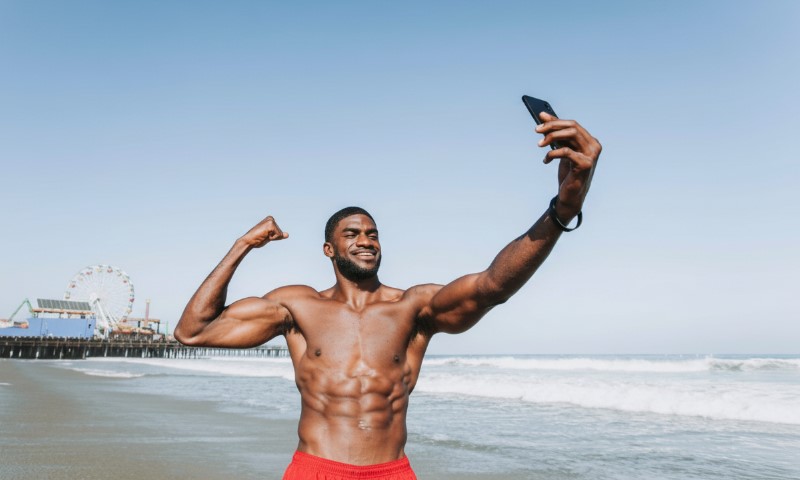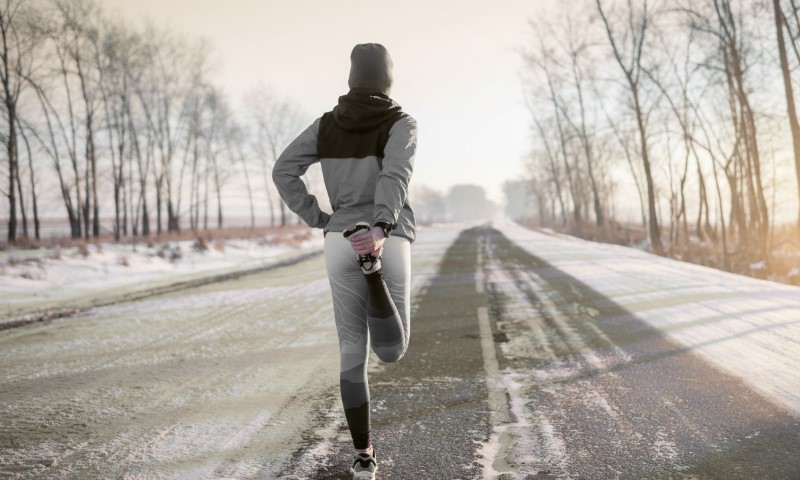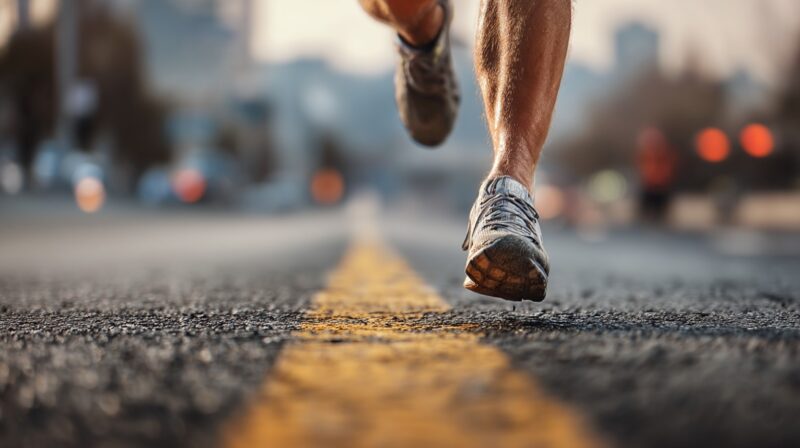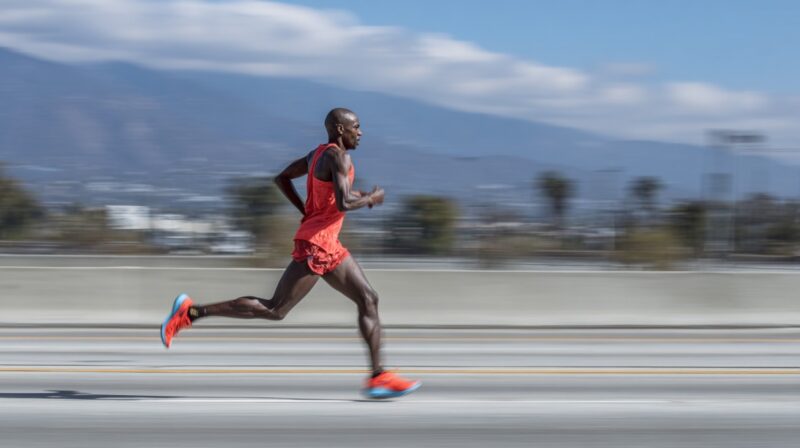Getting stronger doesn’t mean sacrificing speed or flexibility. All three can, and should, coexist in a well-rounded fitness routine.
People often believe muscle gain slows movement or limits range, but the opposite happens with smart training.
Strength supports better posture, injury prevention, and helps bodies move efficiently every day.
Table of Contents
ToggleFoundations: Strength, Speed, and Flexibility
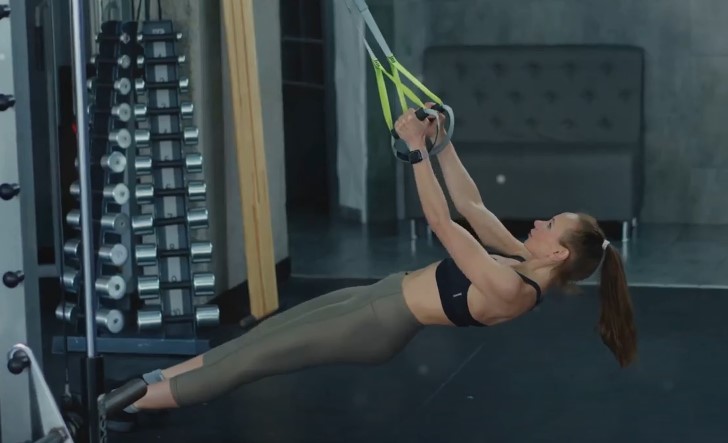
Building an athletic body requires more than brute force or endless cardio. A well-rounded approach recognizes the critical relationship between muscular strength, explosive speed, and flexible mobility.
Muscular Strength, Speed, and Flexibility Defined
Strength means the ability to produce force against resistance, whether lifting a weight, carrying groceries, or pushing off the ground.
Speed measures how fast a movement occurs, involving the nervous system and muscular coordination.
Flexibility allows joints to move freely through their intended range, supported by muscles, tendons, and ligaments. Mobility connects flexibility with strength, indicating how well someone can move under control.
When strength is developed without neglecting mobility, it contributes directly to speed. Strong muscles contract quickly.
Proper strength training encourages control through the full range of motion, enhancing flexibility rather than limiting it.
Key concepts to remember:
- Strength = force production
- Speed = movement timing and reactivity
- Flexibility = joint range of motion
- Mobility = strength within range of motion
Why Balance Matters in Athletic Development
Specializing in one area often creates performance gaps and increases injury risk.
Overemphasizing strength leads to shortened muscles, poor posture, and reduced joint movement. Too much stretching or cardio can weaken joints and compromise stability.
Combining these qualities builds resilience and readiness for both sport and life.
Neglecting balance can cause:
- Tight hips and hamstrings
- Shoulder stiffness and poor posture
- Slower movement patterns
- Weakened joint support and imbalanced strength
Principles of Effective Training Without Trade-Offs
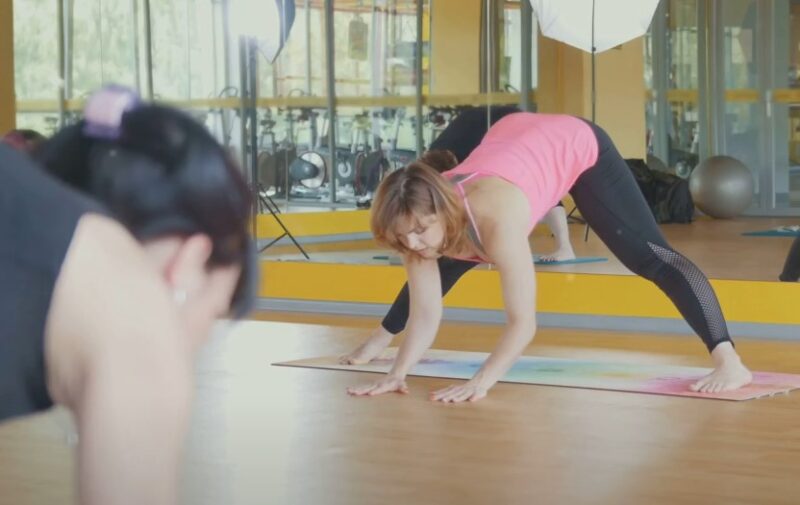
Creating a training plan that supports all three athletic pillars requires structure, challenge, and variety. Strength doesn’t have to diminish speed or flexibility if exercises are performed correctly and balanced over time.
Overload and Adaptation
Building strength without losing mobility involves progressive overload, using bodyweight, bands, or free weights.
Resistance from everyday objects, milk jugs, water buckets, staircases, serves as functional training tools.
Muscles adapt and grow when faced with incremental challenges, and this growth doesn’t restrict movement when guided correctly.
Movement Variety
Including various modalities such as yoga, Pilates, running, swimming, and calisthenics keeps muscles guessing and joints limber.
Constant repetition of one form leads to overuse, while variety invites adaptability.
Trying unfamiliar movements enhances total-body coordination and makes the nervous system more efficient.
Training Frequency and Balance
Two or more weekly sessions of strength training are sufficient, provided flexibility and mobility work also take place.
Static stretches, dynamic movement, and breath-based flow should be present multiple times per week, even briefly.
Types of Exercises That Build Strength While Enhancing Speed and Flexibility
Smart training isabout choosing exercises that do both.
When movement respects alignment and control, benefits extend across multiple athletic qualities.
Strength-Focused but Mobility-Safe
Classic lifts like squats and deadlifts build foundational power while demanding full-range movement.
Using resistance bands supports control without overloading joints. Reformer Pilates integrates resistance and range of motion, balancing muscular development with elongation.
Using forearm workout equipment can also target grip strength without affecting fluid motion, which benefits both speed and coordination.
Flexibility-Focused but Strength-Building
Yoga styles like Vinyasa and Hatha emphasize controlled strength in extended postures. Tai Chi, though slow, challenges muscular control, balance, and stamina.
Pilates supports small muscle activation through range, developing both power and joint integrity.
Cardio and Agility Blend
Circuit training delivers cardiovascular demand while reinforcing muscle coordination. Swimming, with its dynamic full-body motion, enhances range and strength simultaneously.
Dance and parkour challenge reactive speed, creativity, and body control under load.
Weekly or Monthly Routine Structure
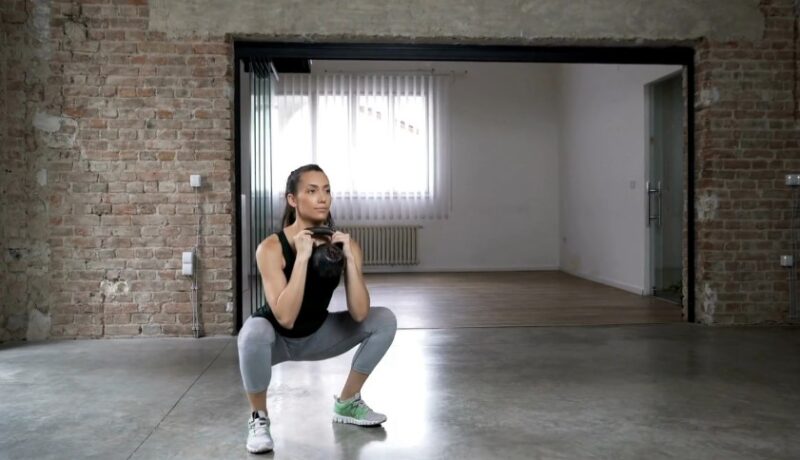
Consistency outperforms short bursts of intensity, especially when building lasting strength, explosive speed, and supple flexibility.
A well-rounded plan not only challenges muscles in varied ways but also gives the nervous system time to adapt, repair, and rewire.
The following framework offers variety, recovery, and progression without compromise.
Day #1: Strength Training
Starting the week with controlled resistance builds the base for every other skill—balance, coordination, even flexibility. Emphasis stays on form, range of motion, and muscle engagement rather than load alone.
Bodyweight movements work well here, as do resistance bands or basic weights.
Foundational exercises to include:
- Push-ups (variations: incline, decline, archer)
- Bodyweight or goblet squats with controlled tempo
- Stationary or walking lunges for lower body control
- Resistance band presses or rows for upper body strength
- Core holds such as planks or dead bugs
Day #2: Flexibility and Mobility
After building strength, the next priority is preserving and expanding range of motion.
Flexibility sessions ease tight areas while mobility drills promote fluid movement and joint strength.
Sessions don’t need to be long—a focused 20-minute routine improves circulation, tissue quality, and neuromuscular signaling.
Practices to use:
- Vinyasa or Hatha yoga flow (15–30 minutes)
- Dynamic stretches (hip circles, shoulder swings, leg swings)
- Static holds for hamstrings, hip flexors, and chest
- Foam rolling of quads, back, glutes, calves
- Controlled articular rotations (CARs) for shoulders and spine
Day #3: Cardio with Coordination
Speed, stamina, and rhythm require practice. Cardio improves heart health, while layered movement challenges the brain and body to work in sync.
Light to moderate intensity keeps the body moving without excess fatigue.
Activities to combine cardiovascular effort with motor control:
- Swimming laps or resistance treading
- Agility drills like lateral shuffles, ladders, cone sprints
- Aerobic dance routines (Zumba, rhythmic sequences)
- Jump rope routines focusing on foot rhythm and arm timing
- Running stairs with alternating pace or direction
Day #4: Rest or Active Recovery
Pushing hard without rest invites burnout and injury.
A recovery day means moving intentionally to flush muscles, reduce tension, and restore joint motion.
Recovery movements to incorporate:
- Gentle walks outdoors for circulation
- Breath-led tai chi or qigong
- Light foam rolling or massage ball release
- Gentle yoga poses like child’s pose, cat-cow, or seated twist
- 5-minute breathing meditations to calm the nervous system
Day #5: Natural Movement and Body Control
Functional strength comes from movements done in daily life:
- Crawling
- Twisting
- Squatting
- Balancing
These drills re-engage instincts and sharpen coordination. Kids do them naturally. Adults often forget them.
Body-control movements to reintroduce:
- Bear crawls (forward, backward, side-to-side)
- Crab walks for hip and shoulder awareness
- Deep squat holds with thoracic rotation
- Crawl-to-stand transitions
- Balance drills on uneven surfaces (e.g., grass, foam pads)
Day #6: Strength with Flexibility Focus
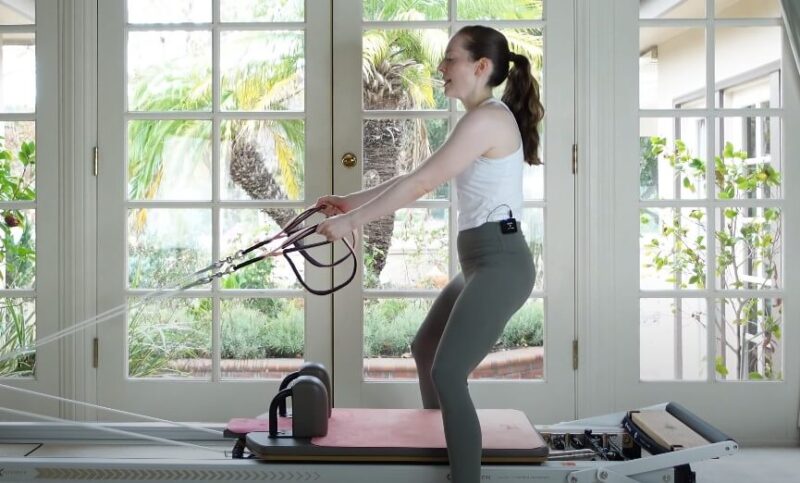
Traditional lifting ignores the stretch aspect of movement. On this day, the goal is to strengthen muscles while lengthening them under tension.
Mindful movement under slow tempo brings awareness, control, and endurance.
Suggested practices to combine strength and flexibility:
- Reformer Pilates with spring resistance and slow pacing
- Kettlebell flows (windmills, Turkish get-ups, controlled swings)
- Slow-flow yoga integrating balance and muscular control
- Weighted mobility drills (e.g., Cossack squats, loaded overhead lunges)
- Tempo-based bodyweight routines using eccentric control
Combining these elements leads to muscles that are strong without rigidity.
Day #7: Optional Sport Activity
Movement becomes sustainable when it’s fun.
A sport-based day builds agility, encourages social connection, and offers a chance to test new coordination and adaptability under spontaneous conditions.
Playful options to stay active without pressure:
- Hiking rugged terrain for grip, balance, and stamina
- Dancing styles like salsa or hip hop for rhythm and footwork
- Martial arts for reactive speed, body awareness, and control
- Bouldering or rock climbing for grip, mobility, and decision-making
- Team sports like basketball or soccer for cardio and agility
Let enjoyment guide this session. The only rule is to move and have fun.
Functional and Natural Movement Techniques

Returning to primal movements builds athletic intelligence.
These patterns challenge multiple muscle groups at once and develop real-world physical skill.
Natural patterns to include:
- Bear crawls and crab walks
- Rolling and crawling transitions
- Deep squats for mobility and balance
- Ground-to-stand drills using only body leverage
Other functional drills:
- Kneeling transitions
- Step-overs and balance lunges
- Climbing ropes or bouldering for full-body neuromuscular engagement
Training in this way keeps the body capable, aware, and connected.
Strength becomes practical. Movement becomes intuitive. Flexibility becomes useful.
The Bottom Line
Strength, speed, and flexibility do not compete, they amplify one another when trained together.
The smartest path to full-body athleticism involves consistent, balanced variety. Make strength serve function.
Let movement remain fluid. Stay strong, stay quick, stay mobile, by choice and by practice.
Related Posts:
- Lower Back Pain While Running? Here's What You Need to Know
- How Can You Start a Career as a Running Coach?
- How Long Does It Take to Train for a Half Marathon?
- Top 400 Hilarious Gym Quotes to Keep You Motivated
- Should You Run on an Empty Stomach? Pros and Cons Explained
- How To Recover From Muscle Inflammation Without Medication
